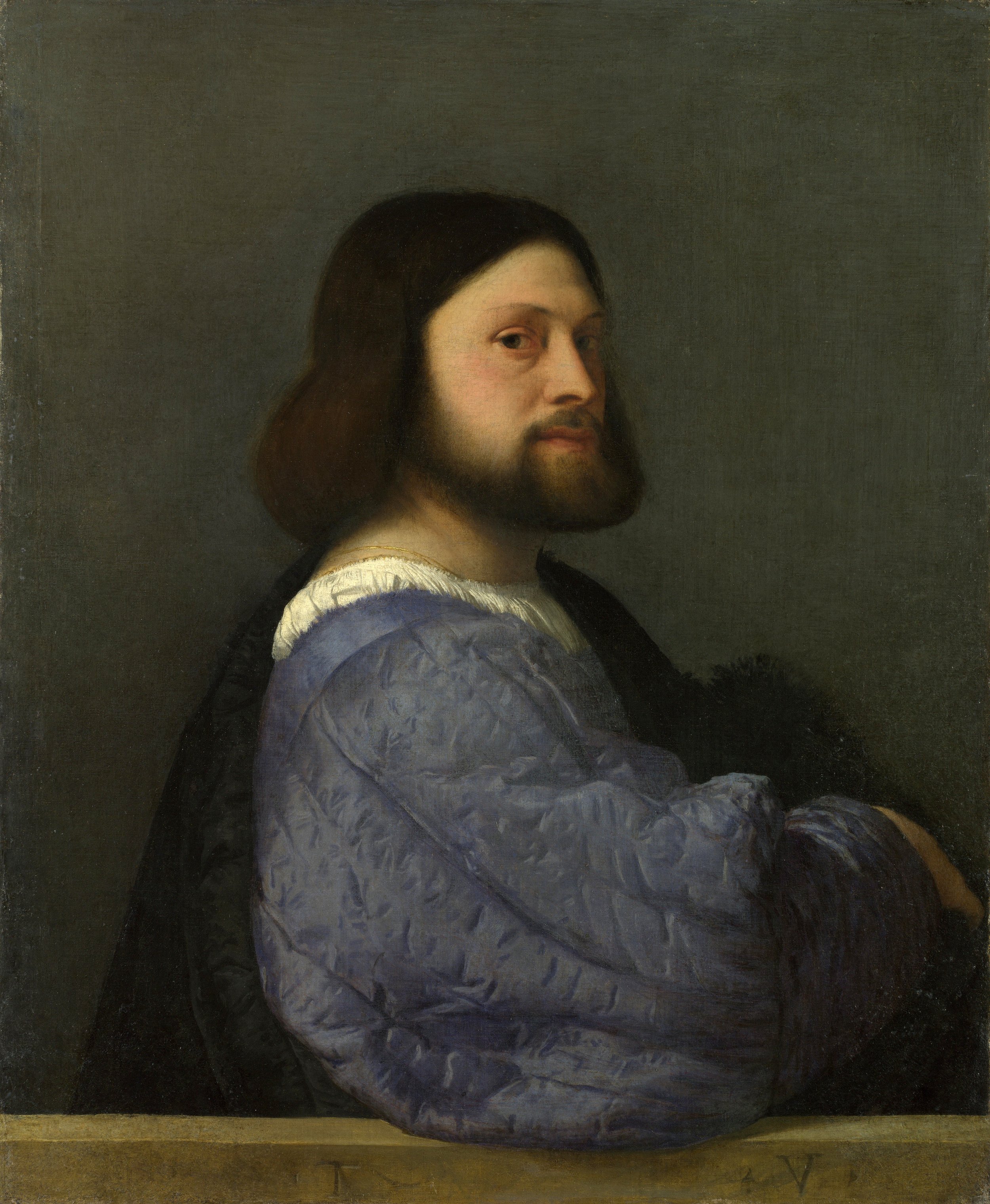Venice and ‘The Colour Storm’: Damian Dibben (1510)
Damian Dibben author of The Colour Storm
As the sixteenth century began the Italian Renaissance was in full swing. From Florence to Rome, Milan to Venice, towering figures like Raphael, Leonard, Michelangelo and Titian were animating the era with fabulous works of art. In this episode the novelist Damian Dibben takes us back to Venice, the Queen of the Adriatic, to meet one of the most enigmatic of the masters. Giorgione, or ‘Big George’.
*** [About our format] ***
We have all heard about the artistic titans of the Italian Renaissance Figures like da Vinci, Raphael and Michelangelo are household names and their legacy in the history of art is uncontested. But there is another artist who worked alongside them before his life was cut tragically short.
Giorgio Barbarelli was born in a small town called Castelfranco on the mainland near Venice, Giorgione. ‘Big George’, as he was known, towered over his peers both in terms of height and talent. Today he is considered one of the most romantic and mysterious figures in the history of those times.
Giorgio Barbarelli da Castelfranco or ‘Giorgione’
The few paintings of Giorgione’s that survive are strange and brilliant in their originality. Art historians have spent centuries trying to make sense of his enigmatic depictions, suffused with a misty light that seems to have drifted straight off the lagoon.
Giorgione’s legacy, however, has been overshadowed by that of his friend and pupil, Titian, whose long life and powerful ambition enabled him to become one of the most productive and famous artists of the sixteenth century.
Together Giorgione and Titian were central figures in the Venetian school of painting, which is characterised by its distinctive use of light and colour. These colours, among them the prized aquamarine, were made using priceless pigments from ground minerals, insects or seashells that merchants shipped to Venice from Persia, Asia Minor and Africa.
In his new novel, The Colour Storm, Damian Dibben looks at this history and at the enigmatic character of Giorgione to bring us a version of his story that, like Venice itself, it both dramatic and dreamy.
In this episode he takes us back to 1510, an extraordinary moment when some of the most famous works of European art were being created.
*** Listen to the podcast ***
Show notes
Scene One: 1510. Titian, the 22 year old Venetian painter paints his 'Man with a Quilted Sleeve’. Titian had just left the workshop of Giorgione and this painting was a calling card to the world, of what would be one of history's most significant artists.
Scene Two: Michelangelo paints the ceiling of the Sistine chapel. This was an incredible feat of artistic brilliance and physical endurance, achieved by a someone who was a true genius but personally difficult and far from pleasant.
Scene Three: October 1510. The death of Giorgione. One of the greatest painters, a vital link in the history of art who would have produced stunning masterpieces had he not died at 33, probably of plague.
Memento: Giorgione’s painting ‘A Knight and his Squire’.
People/Social
Presenter: Violet Moller
Guest: Damian Dibben
Production: Maria Nolan
Theme music: ‘Love Token’ from the album ‘This Is Us’ By Slava and Leonard Grigoryan
Podcast partner: Ace Cultural Tours
Follow us on Twitter: @tttpodcast_
Or on Facebook
See where 1510 fits on our Timeline
About Damian Dibben
Damian Dibben’s novels have been translated into twenty-seven languages and published in over forty countries. His series The History Keepers was an international publishing phenomenon.
Dibben originally trained as an artist and scenic designer before becoming an actor and screenwriter. The Colour Storm is his second novel to explore seismic events of the past, whose influence and power can be felt to this day. His first, Tomorrow, was published to critical acclaim in 2018.
Featured images
All images / Wiki Commons.







